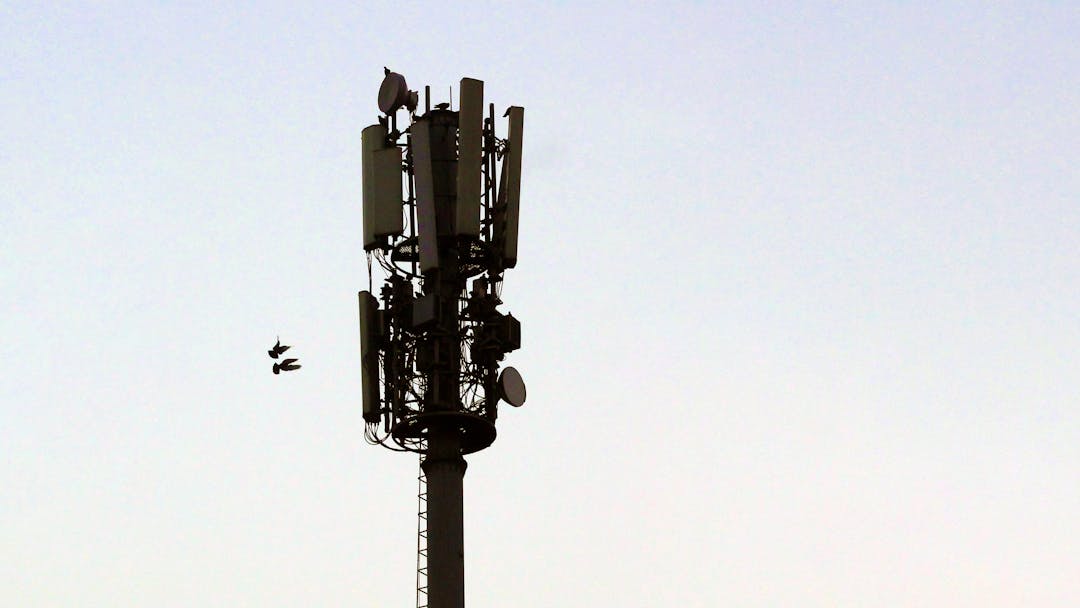Review of Telecommunications Policy
Consultation has concluded

We've reviewed the City's Telecommunications local planning policy to guide the development of non-low-impact telecommunications facilities.
The policy has been updated to reflect changes in telecommunications infrastructure and strengthen provisions that relate to the protection of heritage and environmental interests.
We'd now like to hear your thoughts on these proposals.
What does this policy relate to?
Many pieces of telecommunications infrastructure are exempted from requiring development approval under the under the Commonwealth Telecommunications Act 1997 (Telecommunications Act) and Telecommunications (Low-impact Facilities) Determination 2018. However, non-low-impact telecommunications facilities - significant pieces of mobile telecommunications infrastructure - are not exempt from requiring development approval under federal legislation.
This policy sets out development provisions for non-low-impact telecommunications infrastructure (primarily mobile telecommunications) that is not exempted from requiring local government development approval by the Telecommunications (Low-impact Facilities) Determination 2018.
What are low-impact facilities?
Examples of low-impact telecommunications infrastructure exempted from requiring development approval by the Telecommunications (Low-impact Facilities) Determination 2018 include additions to radio facilities (e.g. certain sizes of dish, antennae or panels), and some under- and above-ground housings and equipment (e.g. conduits, cables, pedestals, cabinets and pillars) where it meets specific restrictions on size (e.g. height, length, area) and location (e.g. certain types of facility are only considered low-impact in industrial or commercial areas). New telecommunication towers not attached to a building (i.e. freestanding) are not defined as ‘low-impact’ and require development approval from local government.
What about radiofrequency (RF) and electromagnetic energy (EME)?
Radiofrequency (RF) and electromagnetic energy (EM) emissions are governed by standards set by the Australian Radiation Protection and Nuclear Safety Authority (ARPANSA) and associated industry codes. The City cannot overrule these standards and codes and so these matters are outside the scope of the draft telecommunications policy.
Further Information
Further information on these proposals can be found in the Planning Committee meeting minute, current and draft policy documents, and the Telecommunications (Low-impact Facilities) Determination 2018, which are listed under 'Important Documents' to your right.
Have Your Say
The City would welcome your comments and our officers will be happy to answer any other questions that you may have. You can contact officers on (08) 9432 9999 or via e-mail on planning@fremantle.wa.gov.au. Submissions may be lodged using the online comment form below, via e-mail on planning@fremantle.wa.gov.au, or in writing to City of Fremantle, P.O. Box 807, FREMANTLE WA 6959.
At its Ordinary Meeting on 22 March 2023, Council reviewed the officers' report and recommendation of the Planning Committee and resolved to adopt the policy, subject to re-numbering it as LPP 2.25 for consistency with other local planning policies. The adopted policy can be viewed on the City's Local Planning Policies webpage.

